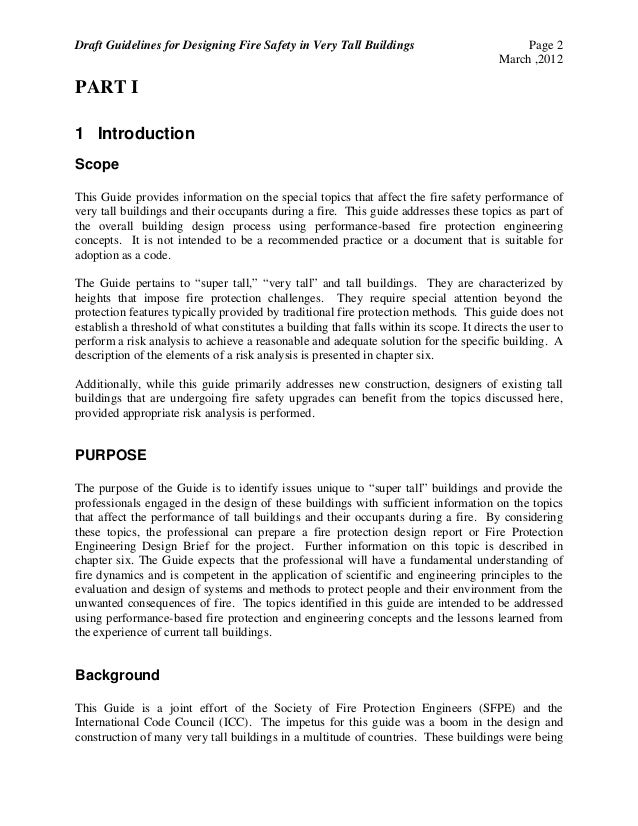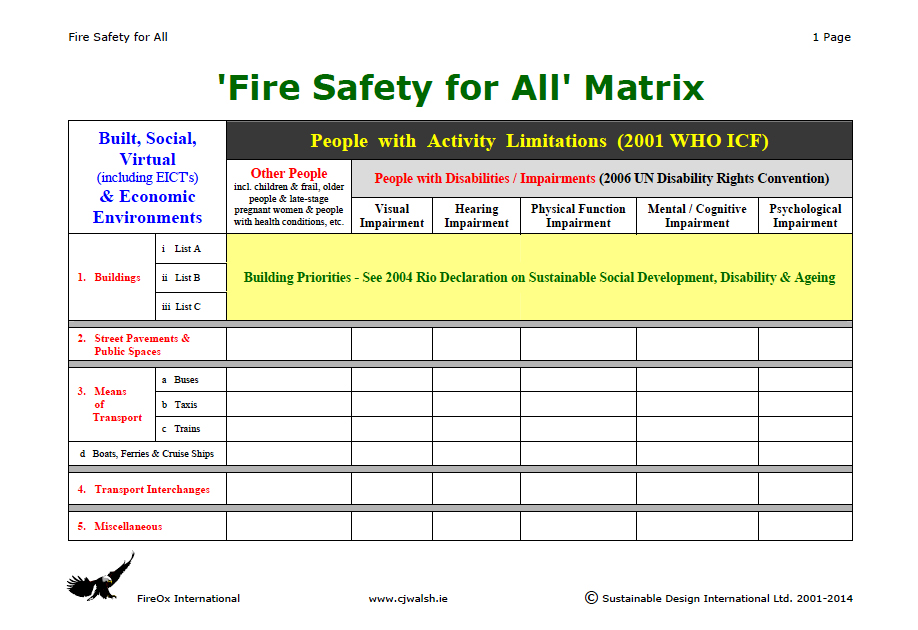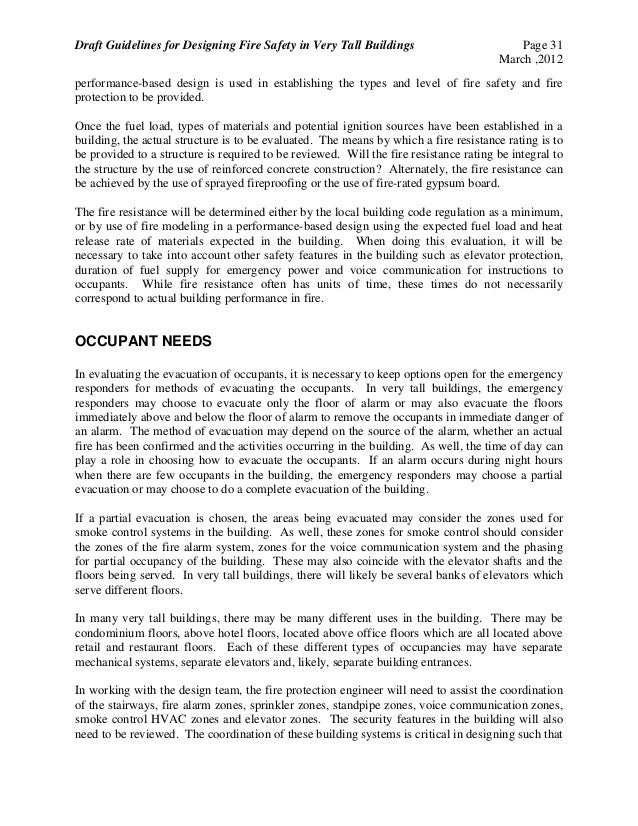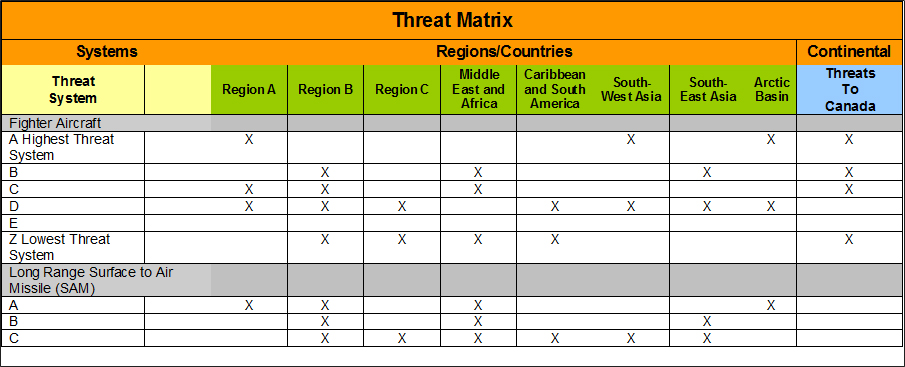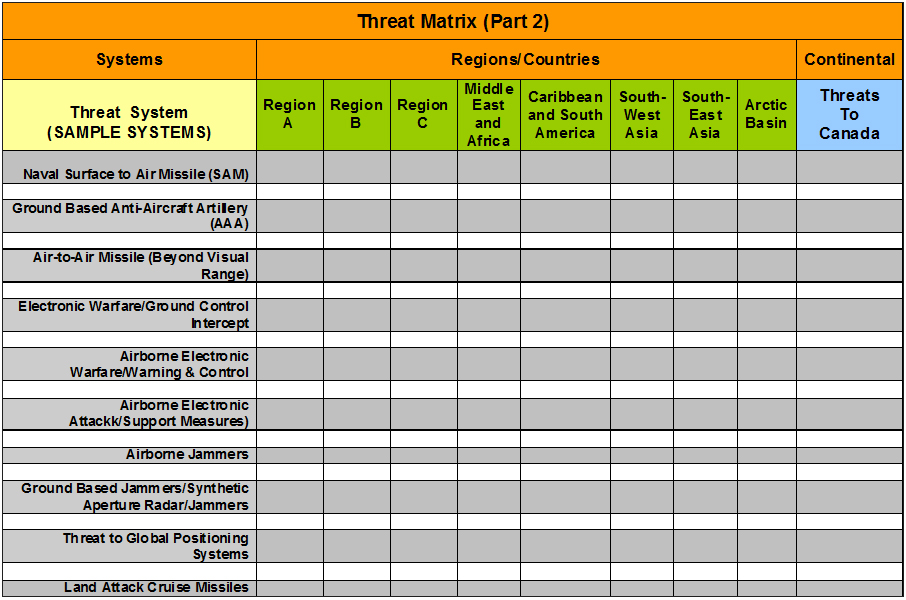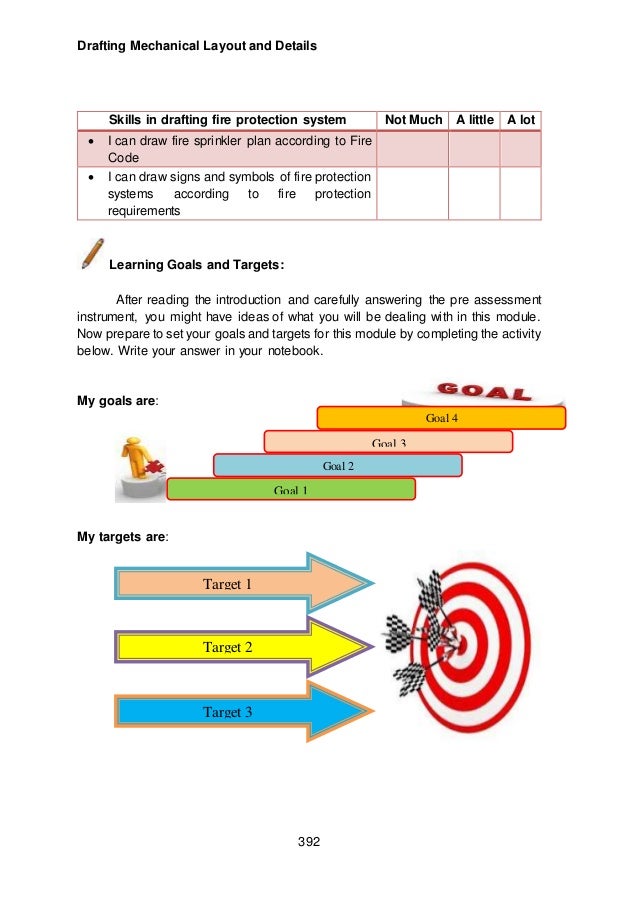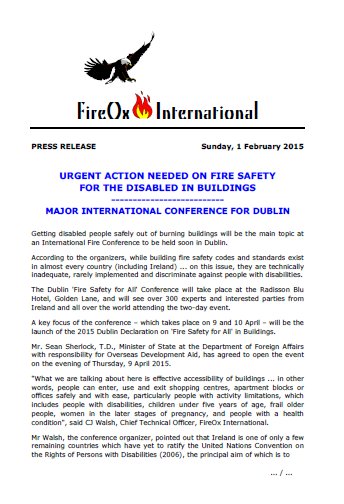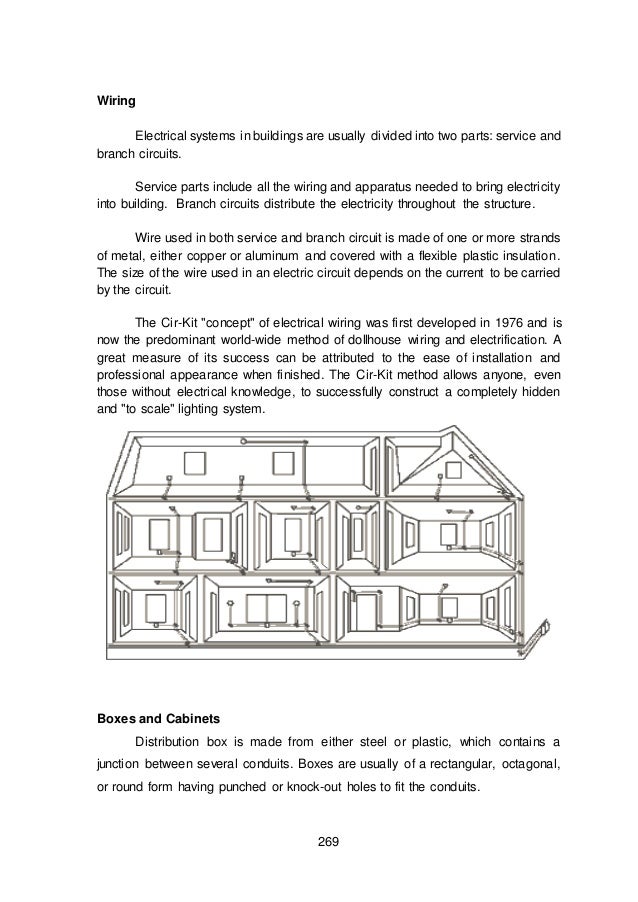Draft: Threat Matrix (fire service)
Hazards ( at ) the place of use is the generic term of the forces of fire, ambulance, THW and other relief for the variety of harmful effects that may occur at their job sites. To protect yourself against them, they have these hazards, their effects, and resources for their defense know ( self-protection ).
- 4.1 Respiratory poisons
- 4.2 fear reaction / panic
- 4.3 spread
- 4.4 Atomic hazards / ionizing radiation
- 4.5 Chemical Hazards
- 4.6 illness / injury
- 4.7 explosion
- 4.8 collapse
- 4.9 electricity
Risk scheme
Since the individual hazards can be extensive and unmanageable, the forces of the danger schema, a rule of thumb (4A- 1C -4E- rule), which identifies the main risk areas operate. Especially in the leadership process all steps to ensure that no danger has been overlooked and the tactically correct decisions are made by systematically walking.
Extension of risk scheme
Depending literature 4A - 4E- 1C is generally by adding
- Crash
- Biological Hazards
- Drowning / Water hazards
Extended to 5A -1B -1C - 5E- rule. This is to strengthen the observance of these threats under the leadership process.
Less often, but still in use, the extension to a V. It adds the point traffic.
- Traffic
Criticism
Advocate the simpler form imagine crash already in collapse included, it may eventually not only things about someone befall (but this leaves wide risks of falling without " collapse " effects outside before that have a far greater risk potential, cf dead after crash - without collapse - at! Schneeräumaktionen without adequate protection), but also taking someone away, the foundation Biological hazards are ultimately only hydrocarbon compounds (which downplayed or negated completely the infectious risks - which are quite different in sequence transferability ⇒ cf pandemic discussion) and are usually under Chemical hazards, due to the similar use tactical approach, or disease, because of the consequences, ticked off, drowning then falls into the illness / injury and water hazards category most likely to spread (also here is a special hazard area with special necessary PSA completely hidden ).
THW has to detect its typical hazards better extends substantially similar to the BC - 5A -5E rule, 4A - 4E, 5A - 1C BCD 5E. It adds the points
- Crash
- Fire
- Breakthrough
- Drowning
Time.
Other hazards in use
In addition to the hazards included in the schemes, there are other dangers that are not taken into the scheme due to lack of generality. Examples are the paths to the fire station, rides way and any special rights, risks of special devices out (eg, saws, grinders, hydraulic rescue equipment ), road hazards and the dangers of physical load during manual lifting, holding, carrying, pulling and pushing of loads (see Key Indicator ).
Matrix of affected persons and objects
Not all hazards affecting people, animals, the environment and property alike. For the purposes of the transfer process men and equipment are included in this matrix addition.
The blue marked combinations of risk and person affected as well not exist. The light blue boxes ( with question mark ) represent hazards that may be considered in addition.
- Property values do not breathe, but breathing poisons ( fumes ) are usually also highly corrosive
Tactical options for security
Explanation of the individual risks
Respiratory poisons
Toxins, which may be incorporated by the breathing. Although already included in " chemical hazards ", respiratory poisons are listed in the shopping scheme again to take account of their importance ( frequency of occurrence, high risk, simple protection ). Respiratory poisons, besides the breathing Inkorporationsweg forces and otherwise endanger ( eg contact poison, corrosivity). Example: Toxic gases (see respiratory poison ).
Anxiety reaction / panic
Instinct -controlled behavior of humans, animals and forces in various forms. Example: jump out of the burning house in the not yet built up jump savior or in the which is currently under construction manager ( see panic ).
Spread
All forms of enlargement of a use situation concerning both spatial enlargement as well as enlargement of the circle of those affected. Example: spreading of the fire to a neighboring building, cross-contamination in the ABC application.
Nuclear risks / ionizing radiation
Harmful effects of ionizing radiation from radioactive sources or technical equipment such as x-ray or particle accelerators. Example: traffic accident involving a transport of radioactive preparations for medicine (see dangerous goods).
Chemical hazards
From chemical properties resulting hazards such as burns and poisoning. Example: Reaction of household cleaners with formation of chlorine gas (see dangerous goods).
Disease / injury
In general, any form of disease, particularly traumatic injuries from accidents and infections. Example: use in a clinic, exposure to any infectious materials (see dangerous goods, first aid).
This includes the risk of mental illness of the forces that can occur as a result of traumatic events (eg dead or injured children ).
Explosion
Hazard by throwing pieces and pressure wave at various events. Example: flywheel explosion by mechanical defect, Druckbehälterzerknall after fire exposure (see dangerous goods, explosives, BLEVE explosion protection).
Collapse
Hazards caused by debris, crash of emergency personnel. Example: the effects of fire weakened structural analysis leads to the destruction of the building ( see structural analysis, crash).
Electricity
Harmful effects on the human body by current flow, fire hazard. For example, assignments in the field of railroad overhead ( see electrical accident).

